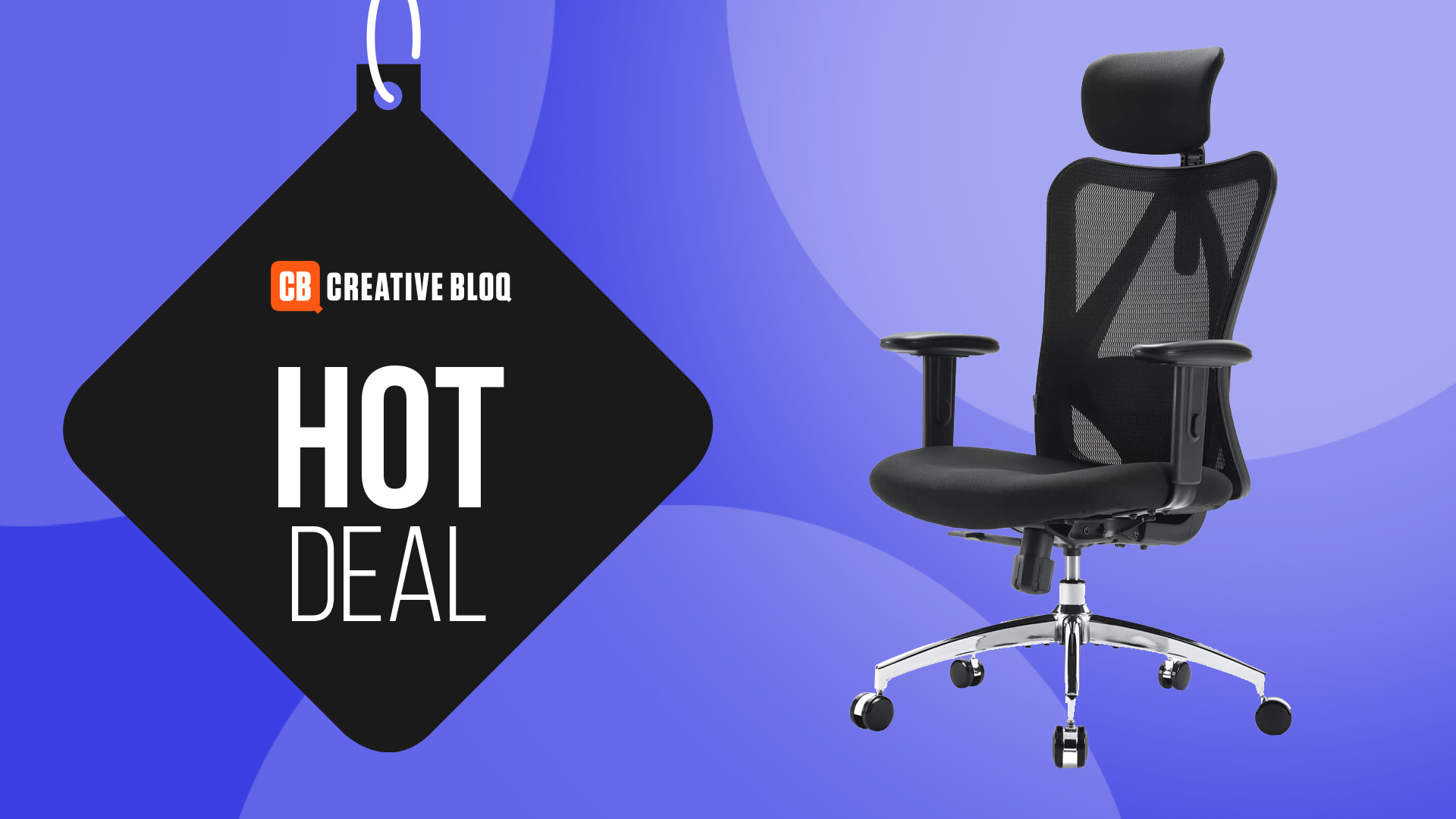10 top design trends for 2017
We look back at the last year of emerging trends, and what we can learn going forward.
Here at FranklinTill, rather than perpetuate micro fads and fashions, we like to look at the bigger picture and what this means for design across the lifestyle industries. We research and uncover some of the future thinking by speaking to visionary designers working with innovative tech, materials and processes.
For the last year, we have been curating the trends section of Computer Arts magazine – identifying emerging, still fresh and mainstream movements for further exploration. Here we'll give a recap of the most exciting emerging areas – as exemplified by key projects – and draw together some conclusions to help you with the next year's worth of creative briefs.
In general, we've noticed that materiality is more important than ever, and not just in the real world, but in the virtual world too. How can we exploit new materials for a better future and how can we engage people through technology to have a more engaging experience via our screens?
Forward-thinking designers are considering not just aesthetics, but also the materials and processes used in order to create sustainable alternatives – from built-in recycling systems, to harvesting waste and abundance, we expect more designers to consider the bigger picture.
01. Code-craft
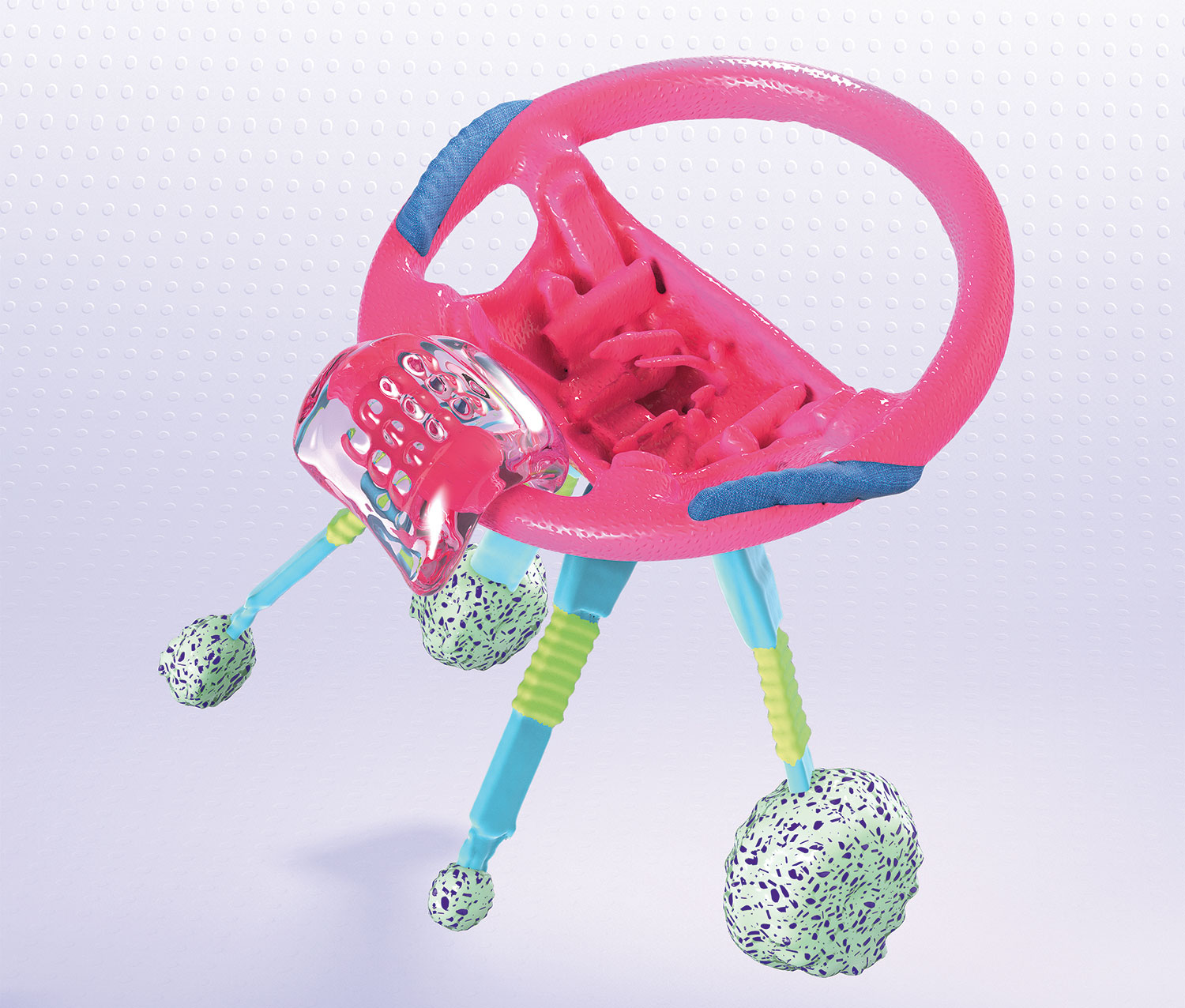
Code-craft is usurping handicraft, with the emergence of the digital artisan. Bastiaan de Nennie deconstructs familiar objects then reconstructs the individual elements in a digital bricolage.
02. Future food
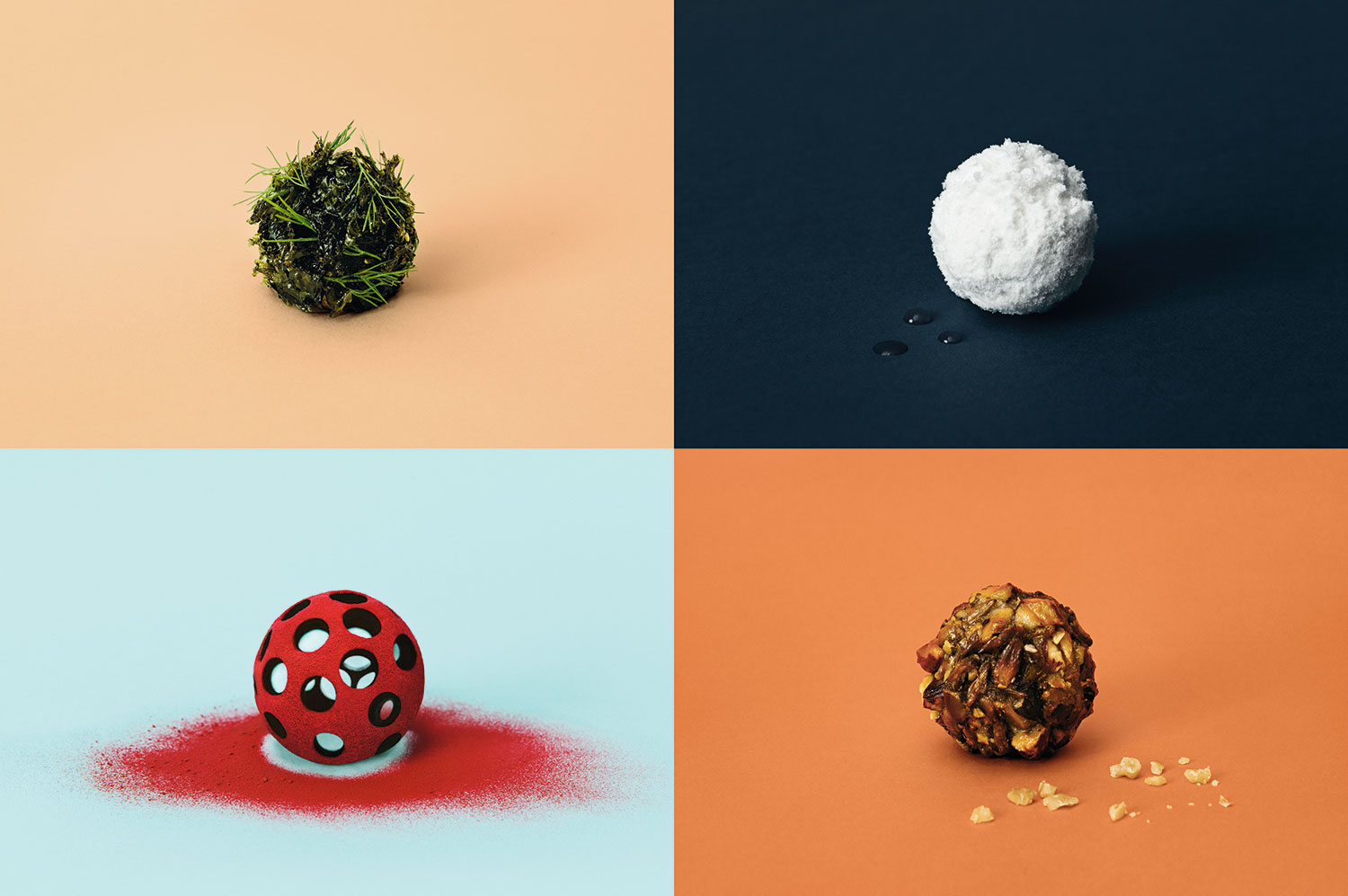
Spearheading the future food trend, Space10's Project Meatball gave us the Lean Green Algae Ball and Crispy Bug Ball.
03. Digi-real
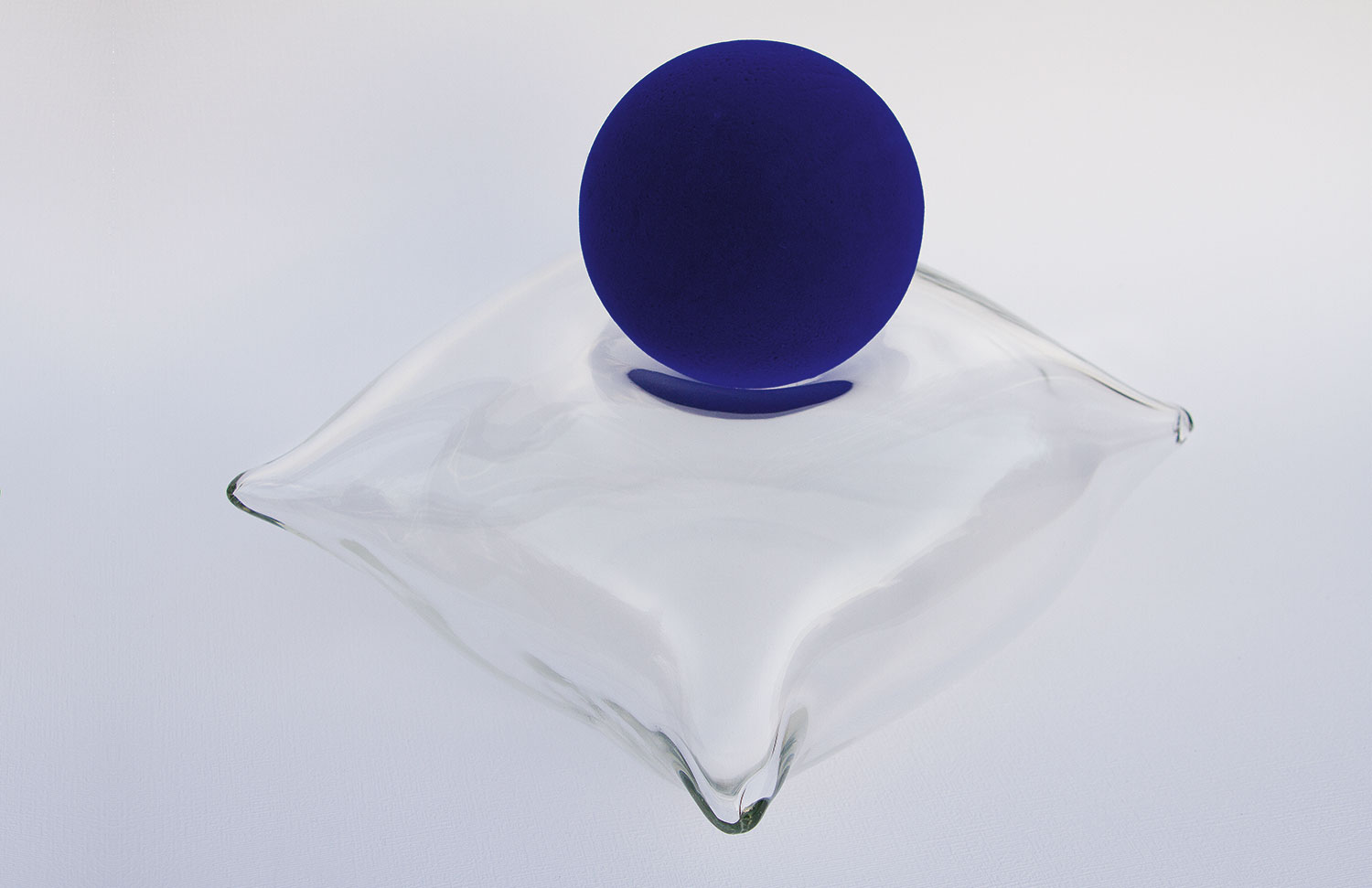
As our lives become more virtual, artists like Lucy Hardcastle are seeking to translate the digital into the 'digi-real'. Maintaining the rendered gloss effect of her digital work, her ultra-slick pieces are created using electro-flocked velour and crystal-clear blown glass.
04. Waste-free manufacturing
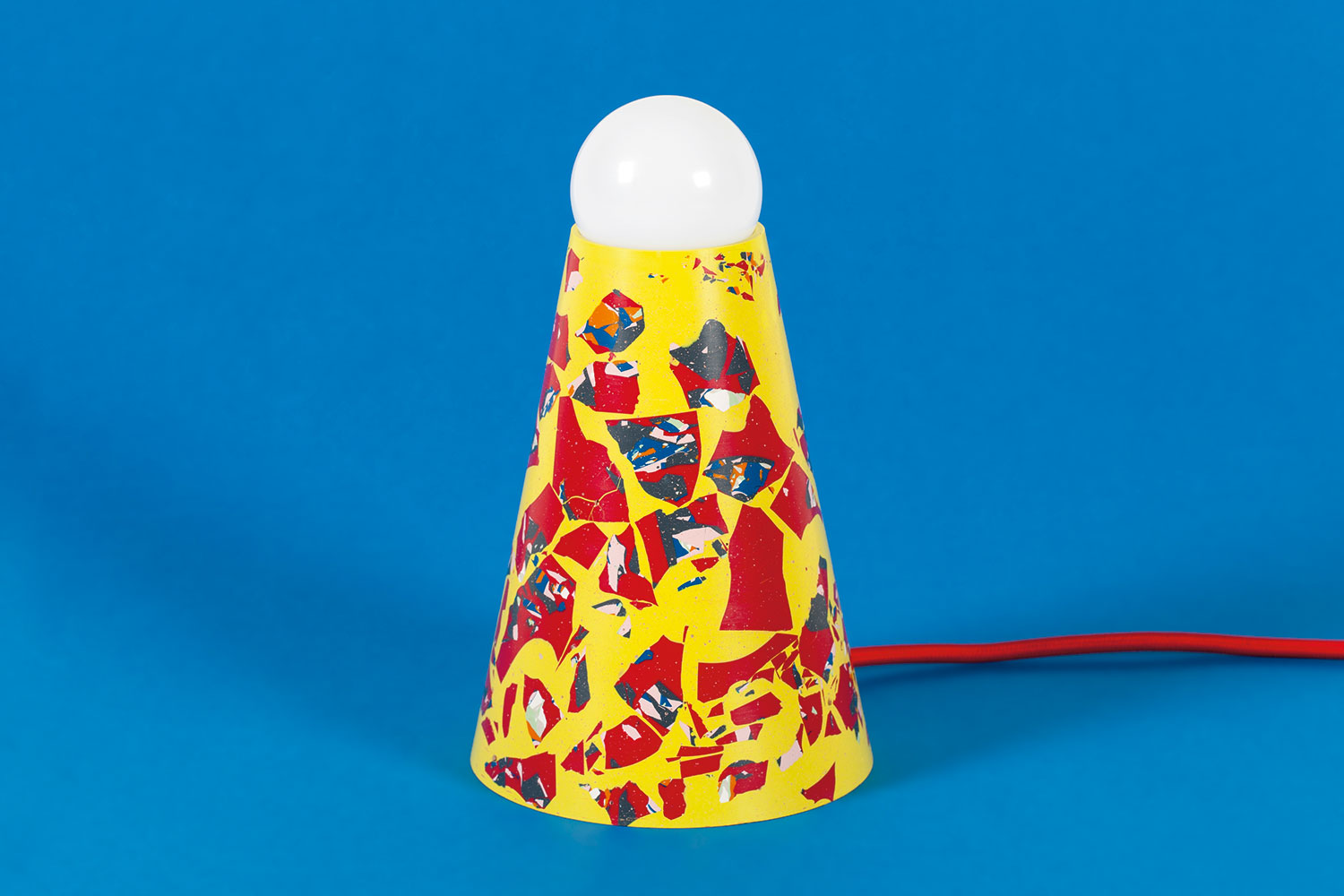
Environmental design is shifting to new production methods that have their own, in-built, recycling systems. Polyspolia by Will H Yates-Johnson is a concept for a waste-free manufacturing model that breaks down old products and works them into new, more complex forms.
05. Realistic realism

Part of a trend toward more realistic depictions of reality, as opposed to the airbrushed perfection of social media, Sandy Suffield's photo series Faking It parodies the art of food styling.
06. New materials
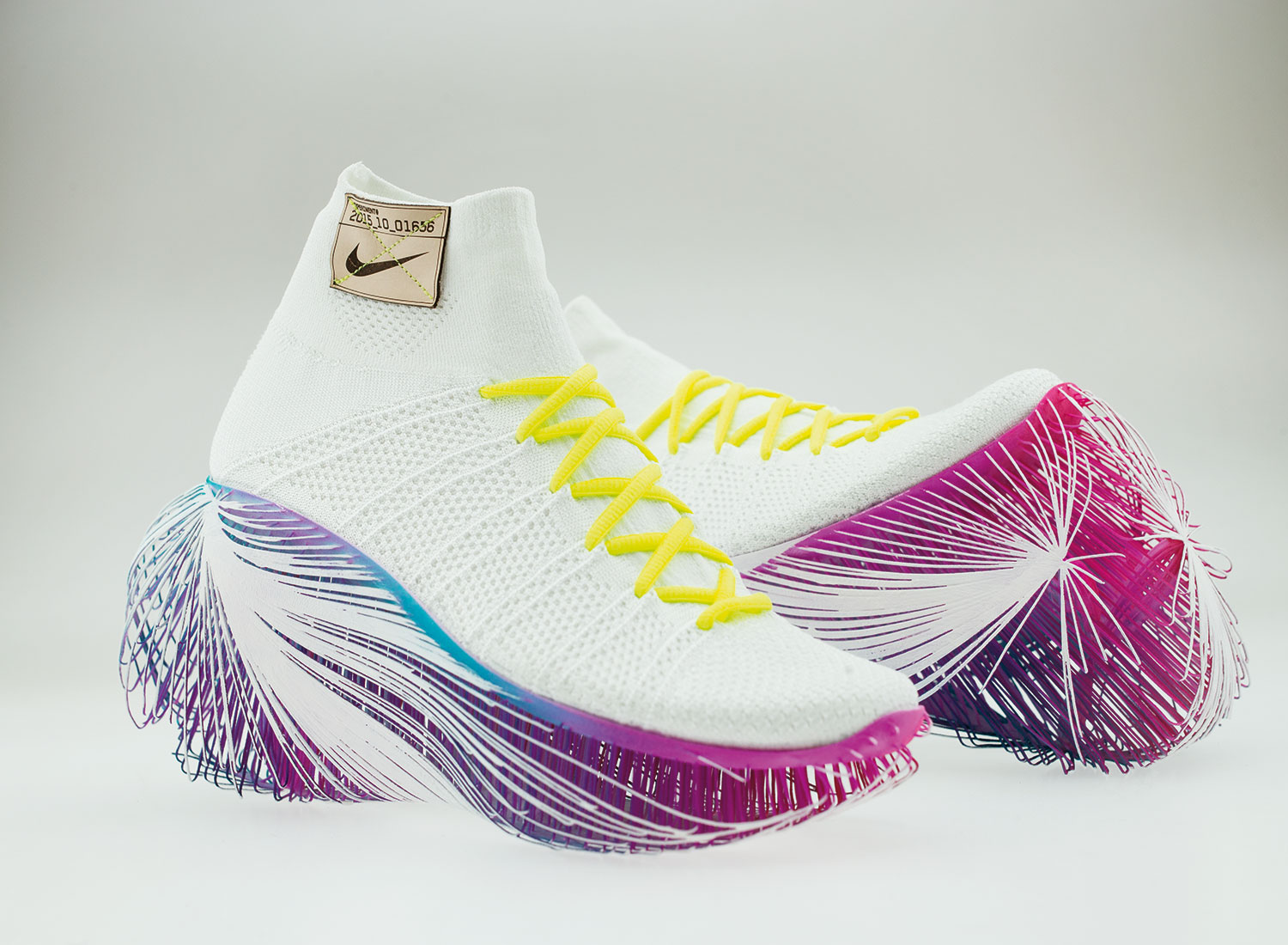
Sports brands are increasingly pushing new boundaries in material technology. Nike's exhibition at Milan Design Week featured prototypes that explore an athlete's movement through footwear.
07. None more black
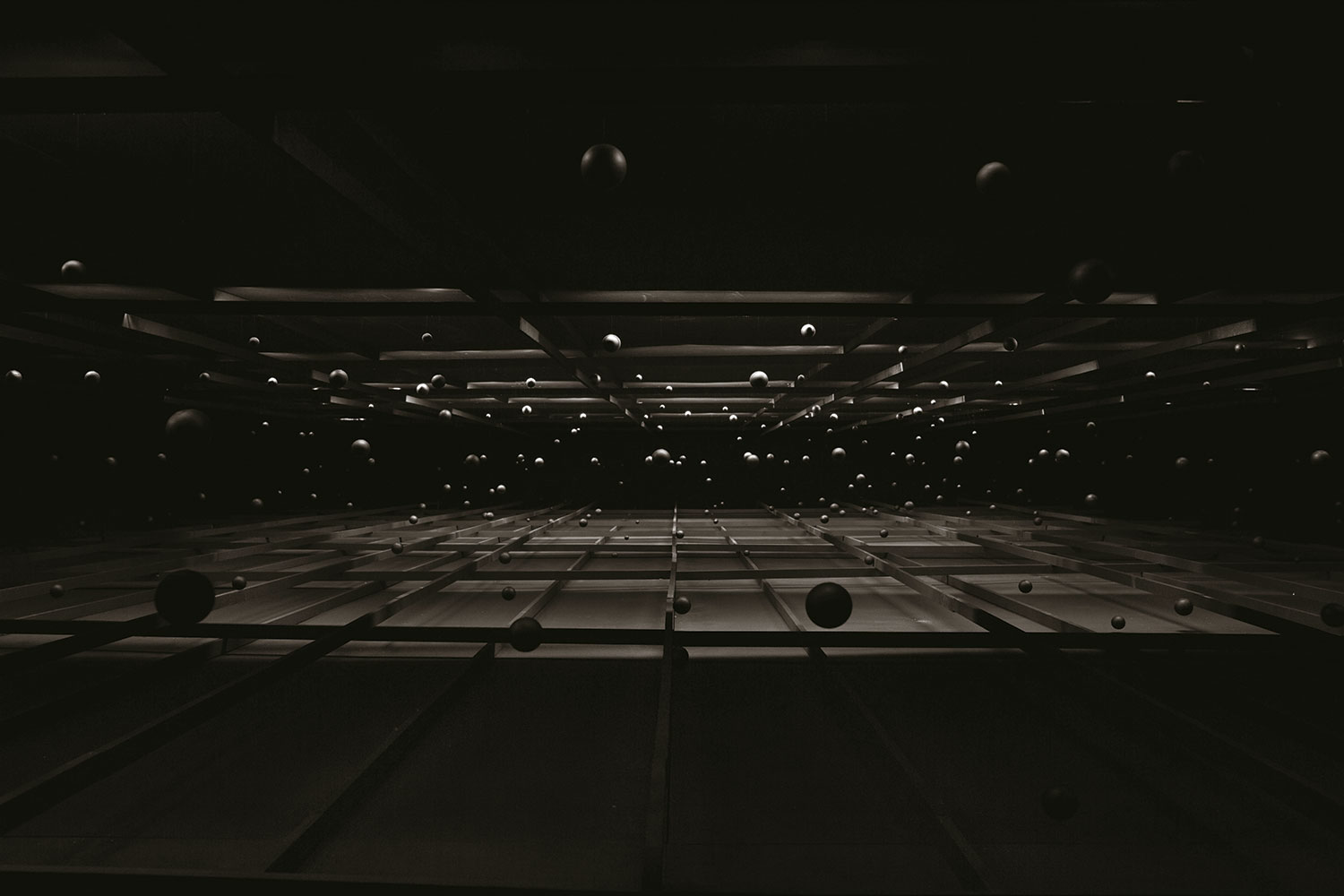
Vantablack is a new material that absorbs almost all light, making it the blackest black ever. Levi van Veluw uses it in his installation The Relativity of Matter.
08. Fake brands
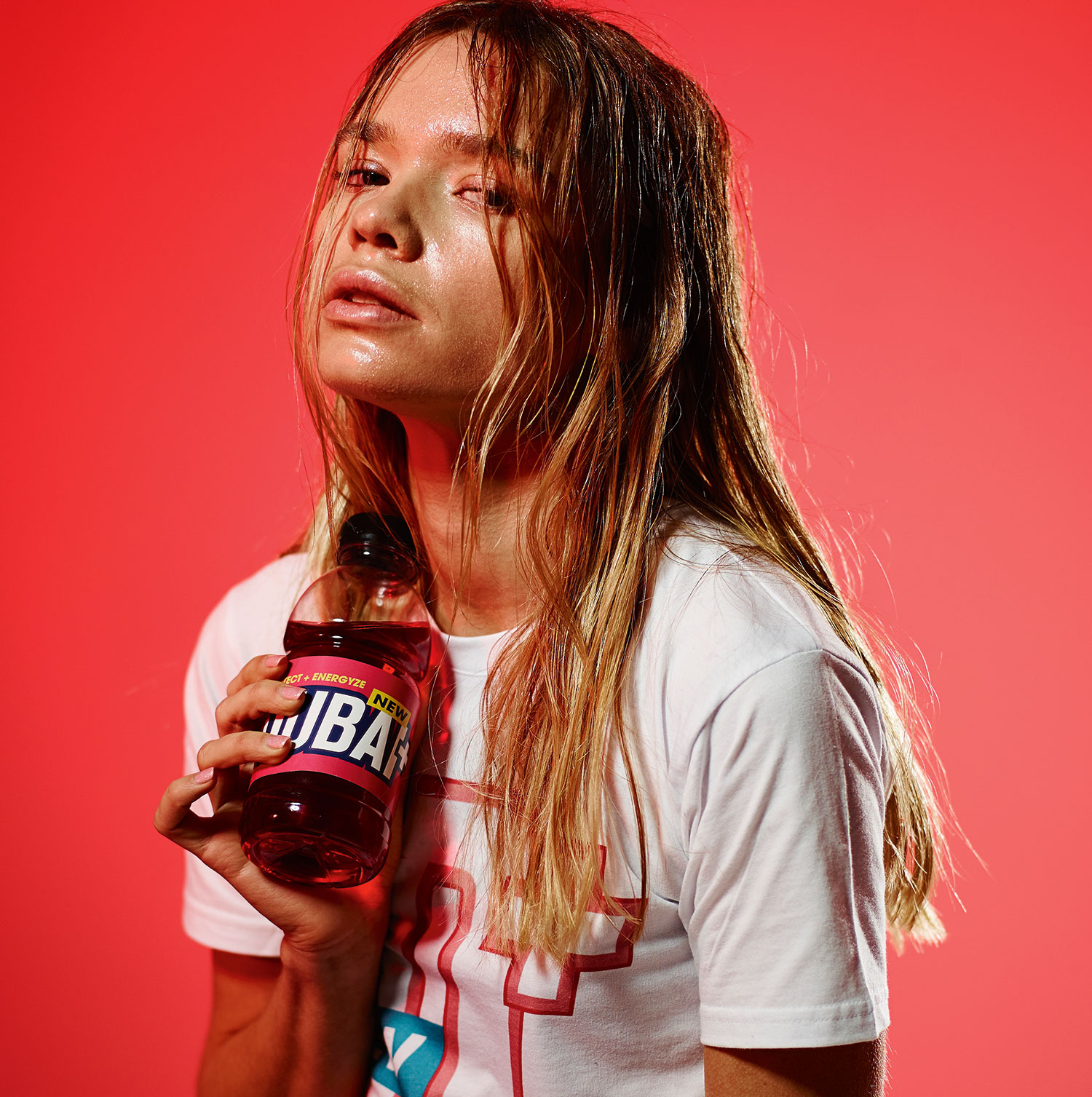
Designers are satirising marketing clichés through fictional brands, like these ads for fake water brand Dubai+, to promote fashion brand Wellness.
09. Back to basics
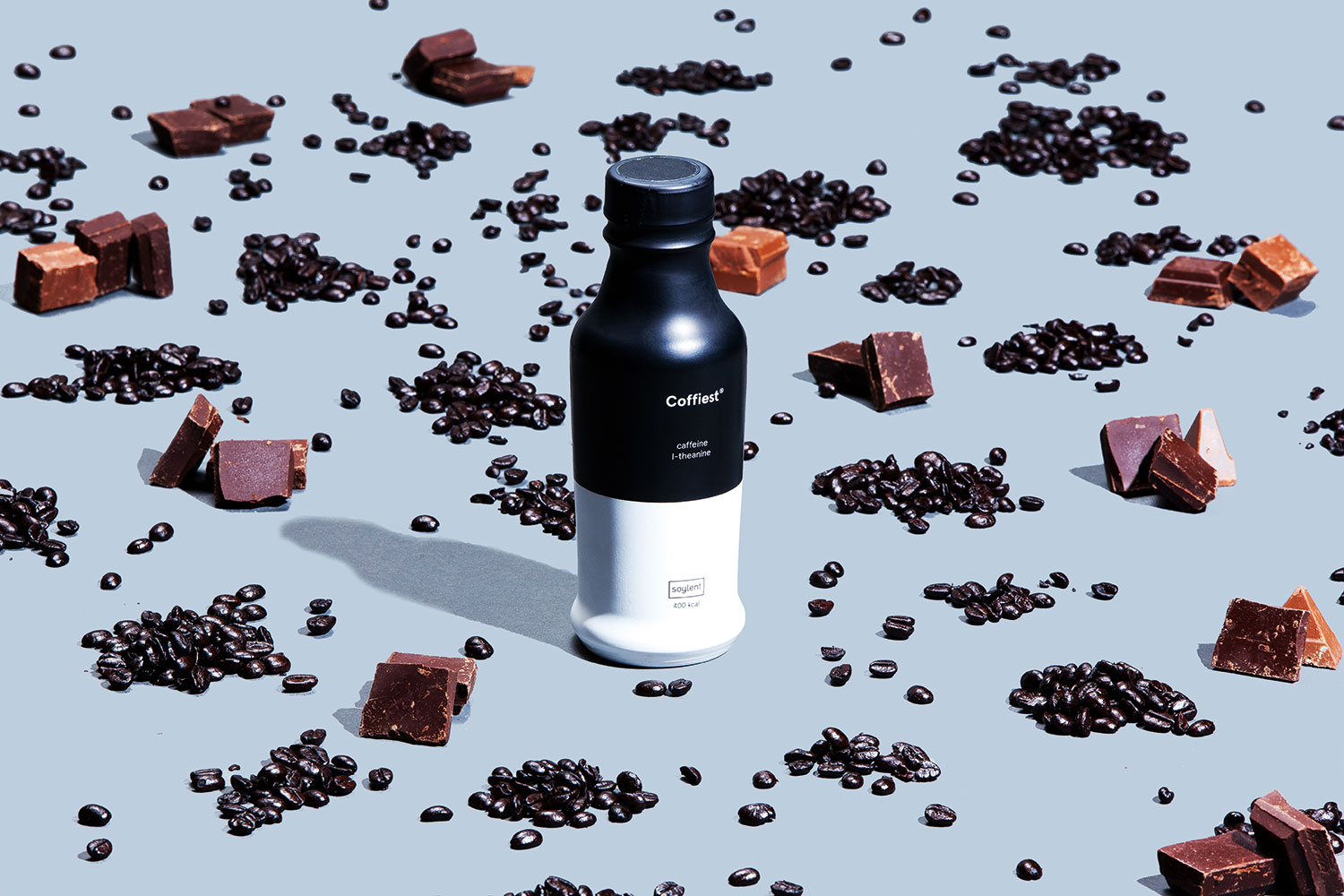
Food brands are going back to basics with simple packaging and labels, such as the sleek, super-minimal designs by OkFocus for Soylent.
10. Augmented reality
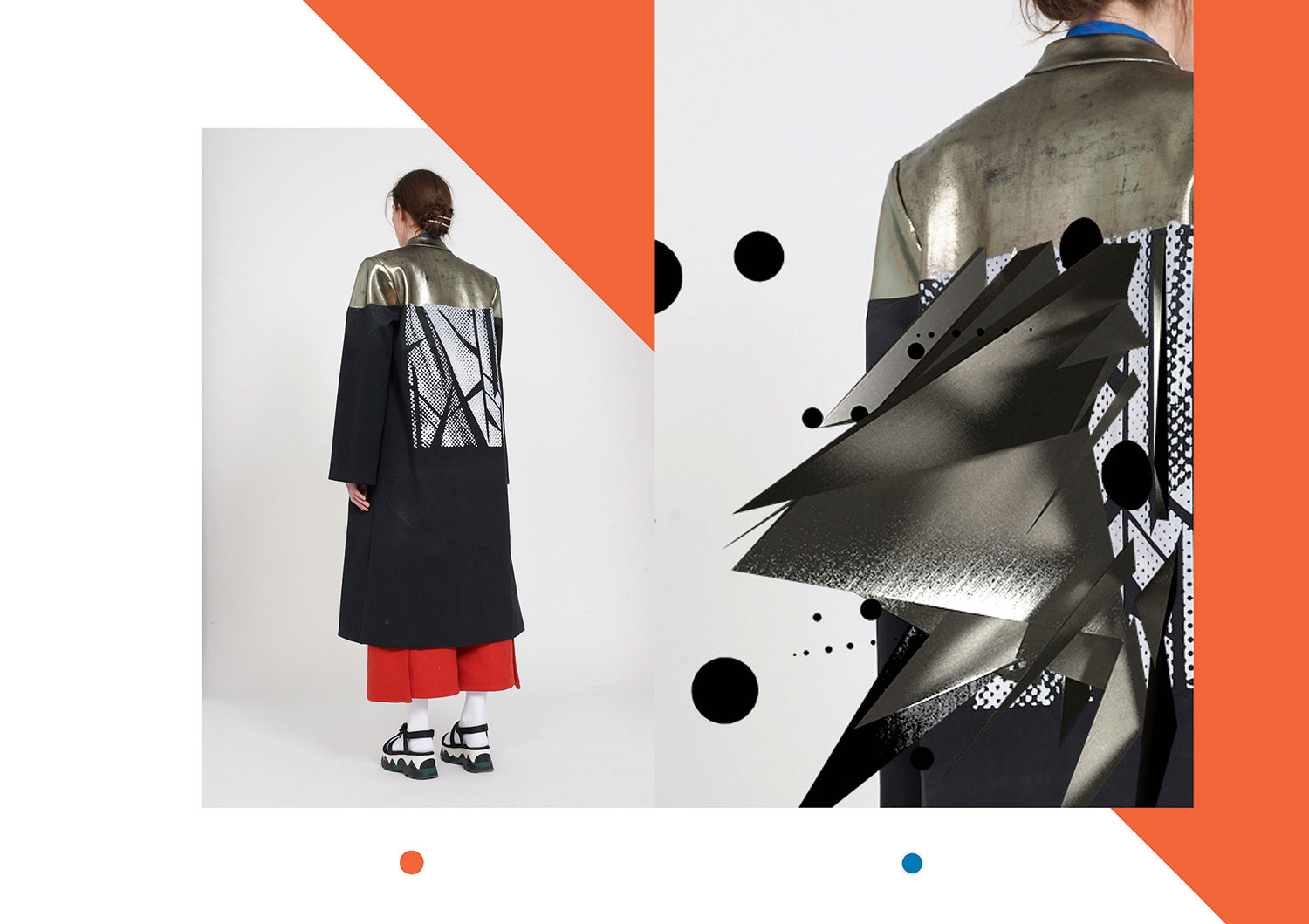
Augmented reality offers a new way to view the latest fashions. When the prints on Kailu Guan's clothes are seen via a smartphone, halftone dots and vivid brushstrokes dance across the screen.
This article originally appeared in Computer Arts issue 261; buy it here!
Related articles:

Thank you for reading 5 articles this month* Join now for unlimited access
Enjoy your first month for just £1 / $1 / €1
*Read 5 free articles per month without a subscription

Join now for unlimited access
Try first month for just £1 / $1 / €1
Get the Creative Bloq Newsletter
Daily design news, reviews, how-tos and more, as picked by the editors.
